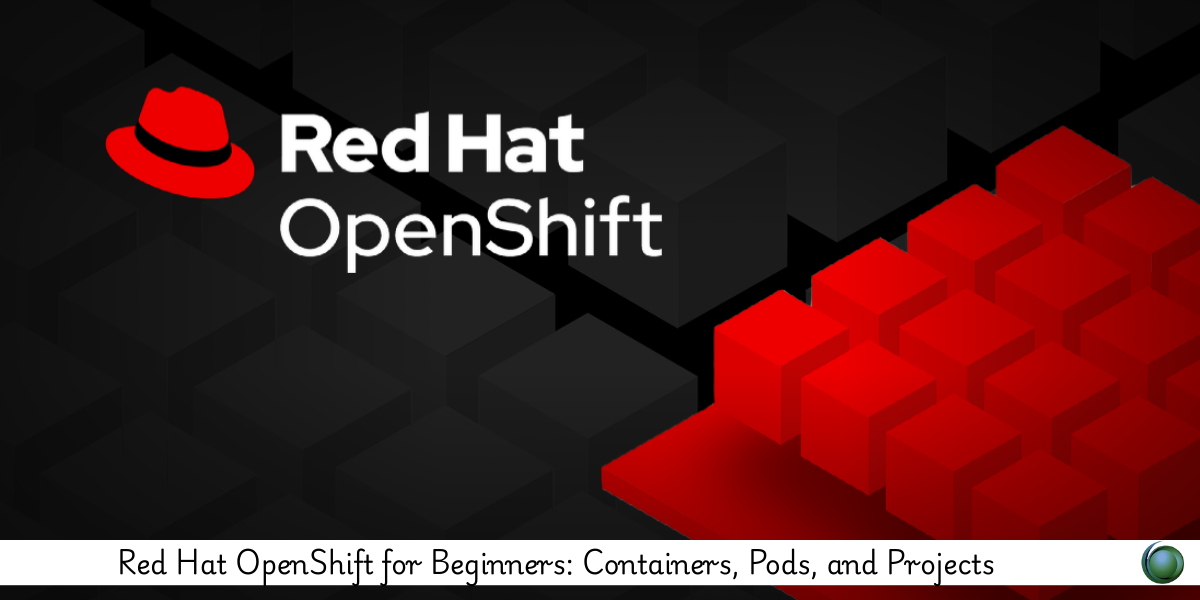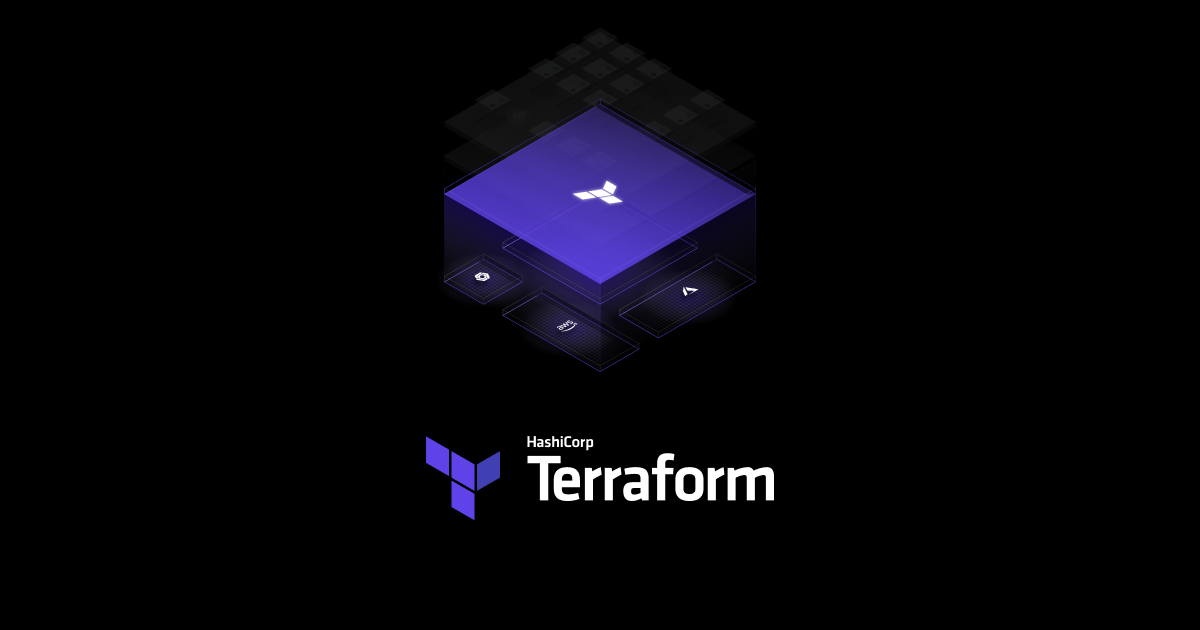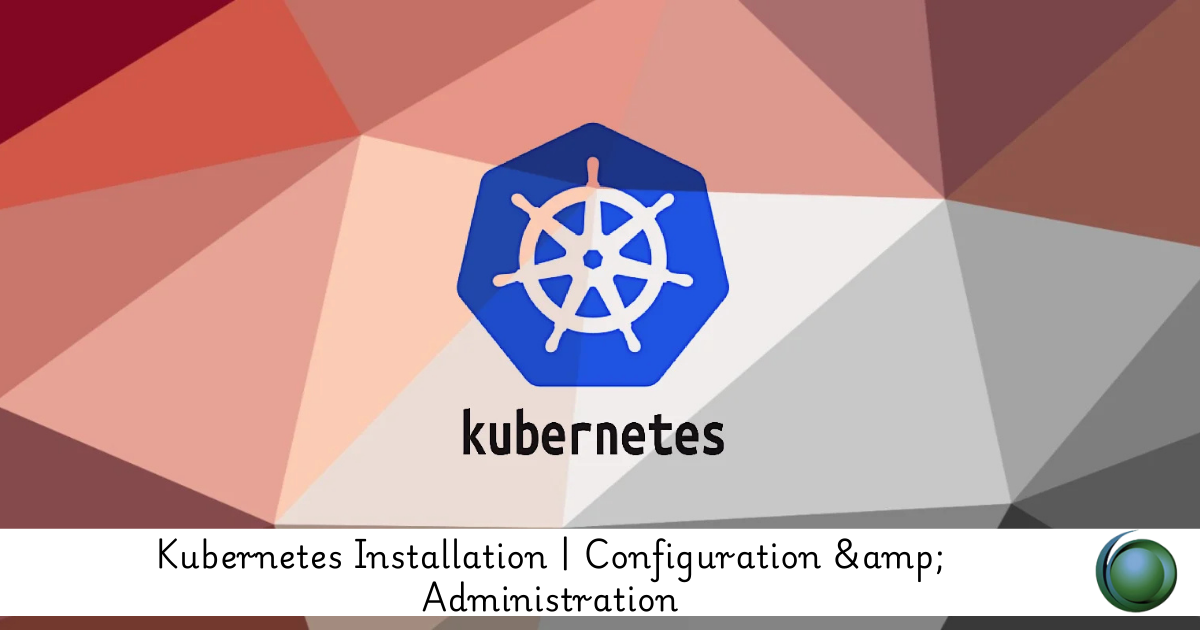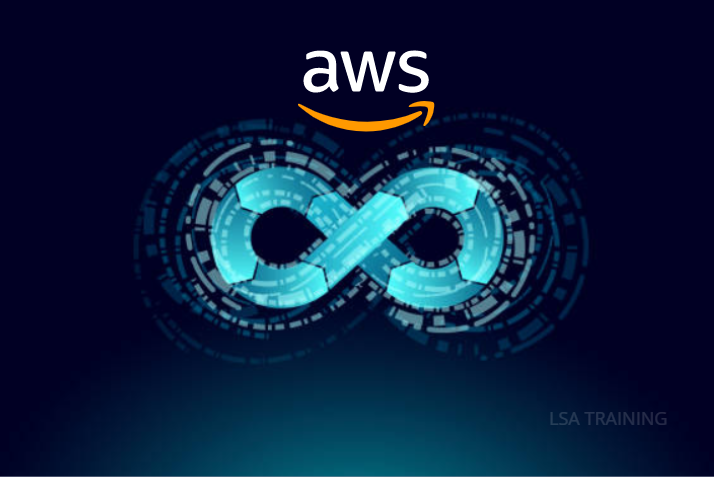Description
Introduction
This course introduces absolute beginners to Red Hat OpenShift, the enterprise Kubernetes platform by Red Hat. It focuses on the practical aspects of container management, pod deployment, and organizing workloads using OpenShift Projects. Through demonstrations and guided labs, learners will gain confidence in using both the OpenShift Web Console and CLI (oc) to deploy and manage applications in a real-world setting.
Prerequisites
-
Basic familiarity with Linux terminal commands
-
No prior Kubernetes or OpenShift experience required
-
Optional: Understanding of containers or Docker
Table of Contents
1. Introduction to OpenShift and Containers
1.1 What is OpenShift?
1.2 Relationship Between Docker, Kubernetes, and OpenShift
1.3 Understanding Containers in an Enterprise Context
2. Setting Up Your OpenShift Environment
2.1 Accessing OpenShift (CRC, Web Console, CLI)
2.2 Installing the oc CLI Tool
2.3 Navigating the OpenShift Web Console
3. Projects: Organizing Workloads
3.1 What Are Projects in OpenShift?
3.2 Creating and Managing Projects
3.3 Assigning Roles and Access to Projects
4. Understanding and Managing Pods
4.1 What Are Pods?
4.2 Pod Lifecycle and States
4.3 Creating Pods Using CLI and Web Console
5. Deploying Your First Application
5.1 Deploying from Source Code
5.2 Deploying from Container Images
5.3 Using DeploymentConfigs and BuildConfigs
6. Exploring Services and Routes
6.1 Creating and Exposing Services
6.2 Accessing Applications via Routes
6.3 Load Balancing and Port Forwarding Basics
7. Managing Application Resources
7.1 Resource Quotas and Limits
7.2 Monitoring Resource Usage
7.3 Scaling Applications Manually
8. Working with Logs and Troubleshooting
8.1 Viewing Pod Logs
8.2 Debugging Common Deployment Issues
8.3 Events, Describe, and Get Commands
9. Security and Access Control Basics
9.1 Understanding Role-Based Access Control (RBAC)
9.2 Service Accounts and Permissions
9.3 Managing Secrets and ConfigMaps
10. Best Practices for OpenShift Beginners
10.1 Naming Conventions and Labels
10.2 Organizing Multi-Service Projects
10.3 Clean-Up and Maintenance Tips
By completing this course, you’ll have a working knowledge of OpenShift essentials: understanding containers, deploying and managing pods, and organizing your workloads using projects. You’ll be well-prepared to move into more advanced OpenShift topics such as automation, CI/CD pipelines, or cluster administration.







Reviews
There are no reviews yet.